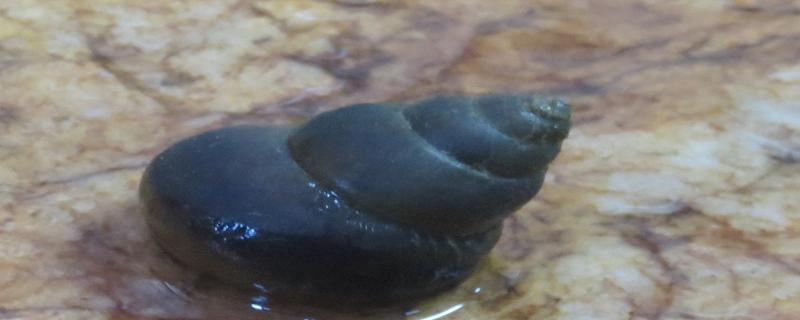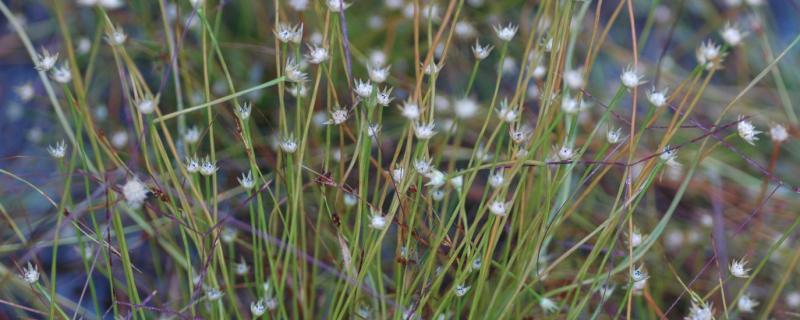In the 18th and 19th century, Britain was abuzz with cranking steam engines, rattling power looms, and clattering machines. Amidst this daily ding, the world was witnessing a defining movement in human history—the Industrial Revolution—that soon spread to the rest of Western Europe. Powered by coal, the production of most things transitioned from hand to machine, spurring a rise in population and air pollution. For the next two centuries, London became infamous for its soot and smog, which turned fatal for about 12,000 people. Now, a new study has shown that this mal air has left its trace in the lofty Himalayan glaciers, thousands of kilometres away from Europe.
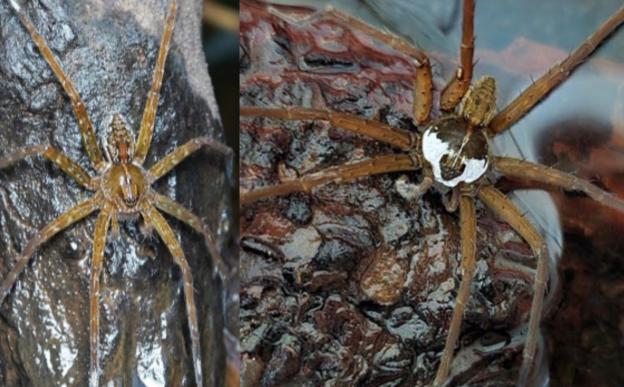
![Asiatic lions in the Gir Forest [Image Credits: Keshab Gogoi, 2020] An accurate count of Asiatic lions could help design better conservation practices](/sites/researchmatters/files/styles/large_front_800x320/public/asiaticlion1.jpg?itok=4qKHEtwt)
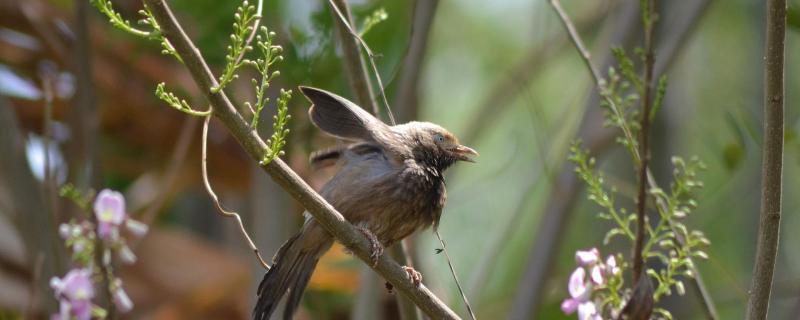
![Davidvraju via WikiCommons [CC BY-SA 4.0] Bureaucracy and political interests hinder the implementation of the Forest Rights Act, finds study](/sites/researchmatters/files/styles/large_front_800x320/public/iitb_9.jpg?itok=79PwKoj8)
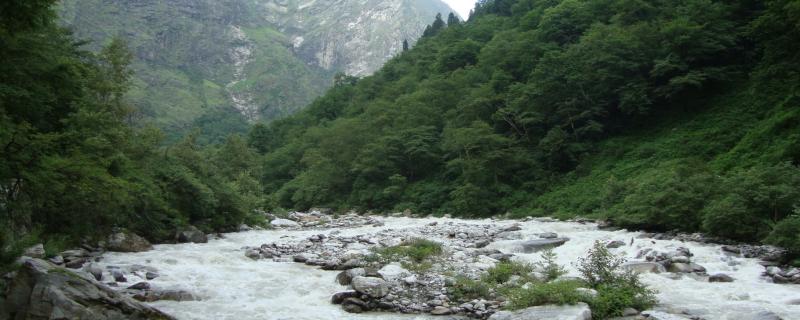
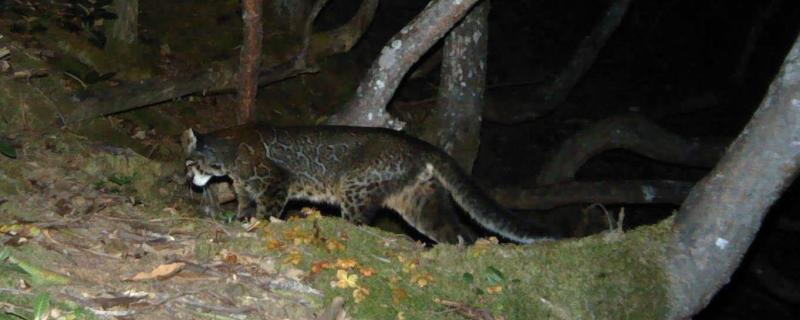

![Floating plastics in a waterbody. [Image credit: Caroline Power, Underwater photographer, Roatán, Honduras] Floating plastics: Nothing to be buoyant about](/sites/researchmatters/files/styles/large_front_800x320/public/iitb_13.jpg?itok=IoEqGuPU)
